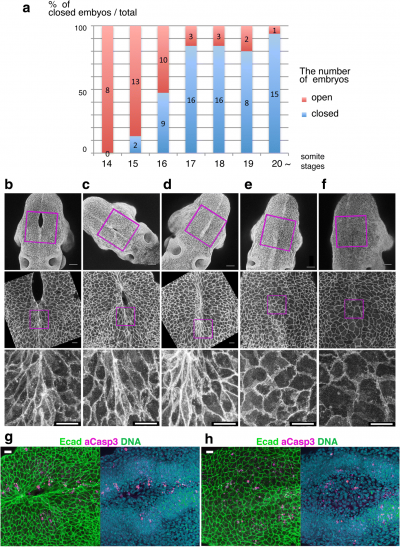User:Z5229132
Peer Assessment assignment:
Group 1, Adrenal Medulla: The History section is very detailed - more weight on the history of neural crest discovery related to the adrenal medulla specifically would be appreciated, as this is your topic, but I do think that it is good that you have maintained a focus on neural crest.
I think your section on genes and transcription factors is well described - I like that you have given a mouse model example. I presume the links to the sites will be added as proper references later. I also think the image of the cascade of catecholamine synthesis is helpful for those interested in the pathway, though its location is currently too far away from this section on the page. However, this is a minor issue and something that might be tidied up nearer the end of the assignment.
You currently don’t have any abnormalities/abnormal development information. It would be nice to see some example here such as Congenital Adrenal Hyperplasia.
In “current research” you have copied and pasted the introduction from the article cited. This definitely needs to be put into your own words, and maybe simplified as currently it is quite difficult to understand.
Z5229132 (talk) 11:19, 14 August 2018 (AEST)z5229132
Lab 3
Lab 2
Neuropore cell shape changes[1]
Reference
Physiology and Pathophysiology of Inner Ear Melanin[1]
